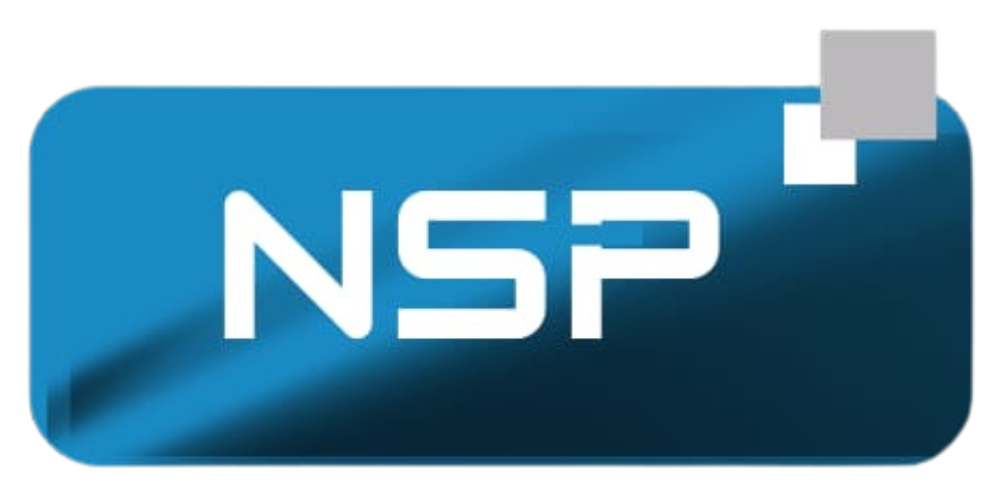Conventional link building strategies are no longer the best way to boost your SEO. Most times, these strategies get your website banned by Google. However, there is an alternative way of achieving good rankings without having to deal with negative consequences. The strategy is contextual links, and once you’re set to use this link building strategy, make sure you keep patience and consistency as it takes time to see results.
What Are Contextual Links?
Contextual links are links that are placed in the content of a page, not in the navigation bar or footer. They are most commonly placed in the body of a page and they typically appear on pages that are relevant to the topic of a page.
Why Do You Need Contextual Links?
Contextual links are one of the most powerful link building strategies out there. Why? Because they help you build your brand and reputation, as well as enabling you to rank higher in search engines and increase click-through rates (CTR) from Google.
For example, if you’re running a news site about cars and one of your articles is titled “How To Fix Your Car,” it would make sense to use contextual links that point back to pages on your website related to car repair. These contextual links will then appear below that article if someone searches for something like “how do I fix my car.” This means more clicks for you, which can ultimately translate into increased traffic numbers—it all adds up in the end!
How to Build Contextual Links – The Working Formula
- Use a good content marketing software.
- Use a good keyword research tool.
- Use a good link building software.
- Use a good link building strategy (or hire someone to help you with that).
- Hire an experienced SEO company or freelancer who has experience in this area and can help you with the above steps if need be—and then use the following additional tips from me below:
Internal Links – A Link Building Strategy That Works!
Internal links are the links you place on your website that lead to other pages in your own site. They’re important for SEO, and they’re also great for user experience.
Internal links help with navigation
You can think of internal links as shortcuts for users who are browsing through your website and want to find something specific quickly. By using internal links strategically throughout your site, you make it easier for visitors to navigate around without having to click away from one page onto another or use search engines like Google to find what they need. This will reduce bounce rates (the percentage of users who leave a page after viewing only one page), which helps boost overall user engagement and conversion rates on individual pages.
Getting Started with Guest Posting
Guest posting is a great way to build backlinks and gain exposure. But it’s not as easy as just submitting your guest post on a website and hoping for the best.
If you want to get the most out of this tactic, you have to think about what’s in it for both parties:
- The content provider gets more links coming into their site;
- The blogger gets additional content for their site (which could provide value for their readers), plus exposure by linking back to them; and
- Both parties benefit from potential mutual links at a later date if they decide there’s enough common ground between them.
Broken Link Building-A Powerful Link Building Strategy
Broken link building is a link building strategy in which you create new content that links to existing, relevant content. If you’re wondering why your competitors aren’t doing this, it’s because they don’t know about it. And this is where you get an edge on them.
The reason broken link building works so well is because it requires zero effort to do! You simply have to find the right pieces of content and promote them by creating backlinks for them.
Broken link building has several benefits over other traditional forms of link building:
- It doesn’t cost anything (other than time)
- You don’t need any technical skills or tools (just a computer)
- Broken links are everywhere!
Resource Pages Are a Great Source for High-Quality Links
Resource pages are a great way to build links. Resource pages are a great source of high-quality links.
Resource pages are an excellent way to build links.
Infographic Syndication-An Ingenious Way of Earning Good Links
Infographic syndication is a great way to earn a bunch of links from other websites. The basic idea is that you’d put an infographic on your site, and then share it out with other people’s sites.
You can also use infographic syndication as an opportunity to improve the SEO of your own content by targeting relevant keywords and getting more exposure on high-authority sites. This will help you rank higher in search engines, which means more organic traffic coming into your site!
Once you’re set to use this link building strategy, make sure you keep patience and consistency as it takes time to see results.
This strategy is beneficial because it can help you get more traffic.
The best part of this strategy is that once you’re set to use this link building strategy, make sure you keep patience and consistency as it takes time to see results.
Conclusion
The point is to be consistent, patient and persistent. After all, this is not just a link building strategy that works but it can also help you in strengthening your website’s authority (and therefore its ranking) over time. It may take some time before you can see any results but keep going and don’t give up!
